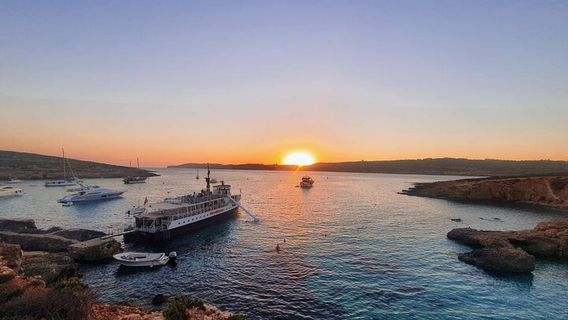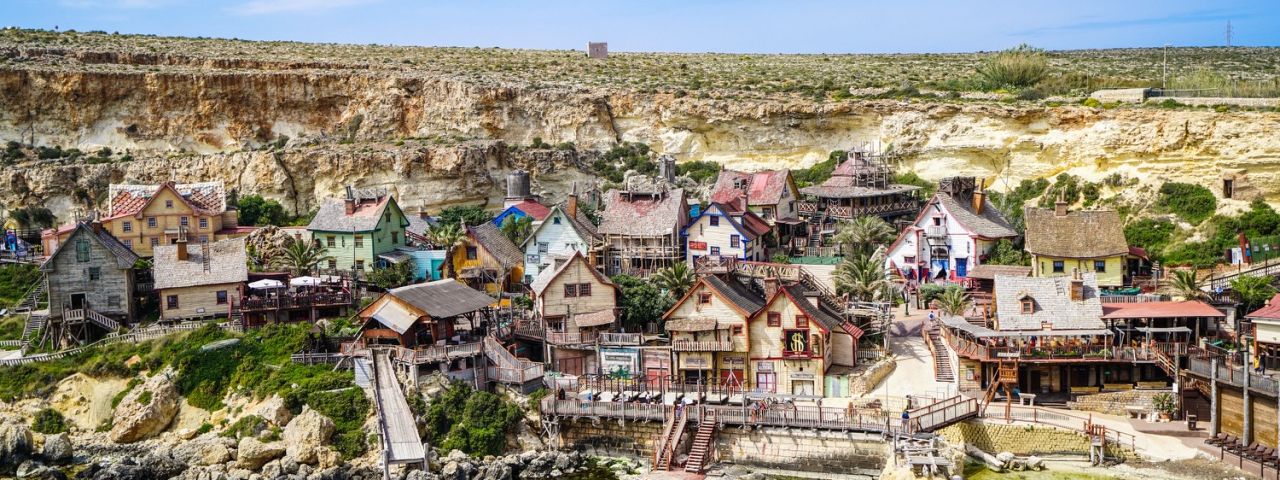

Top Picks for Mellieha
Search attraction or activity
Categories
Top Picks
Book now for today
Book now for tomorrow
18131 Results for Mellieha
Sort by
Recommended
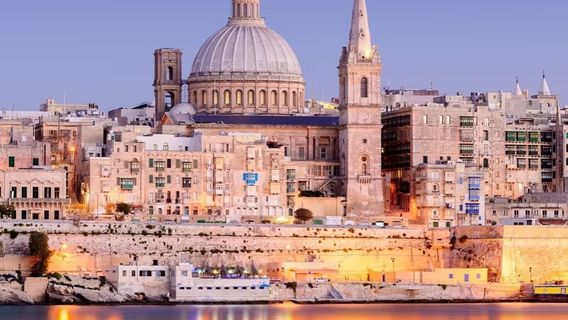 *Tour the highlights of the three islands in one day: take a boat to check out the bay of the main island, the Castle of Gozo and the Blue Lagoon of Comino, and easily enjoy the pearl of the Mediterranean.FromAUD 168.69
*Tour the highlights of the three islands in one day: take a boat to check out the bay of the main island, the Castle of Gozo and the Blue Lagoon of Comino, and easily enjoy the pearl of the Mediterranean.FromAUD 168.69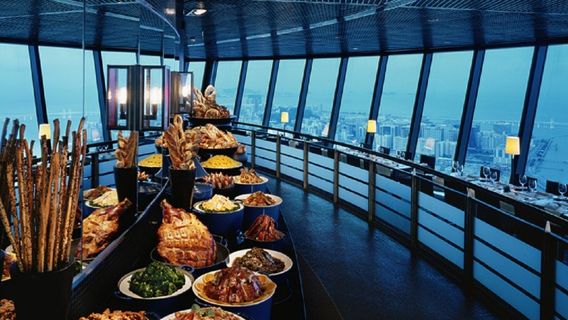 Macau Tower Landmark Check-in, Stunning Sea Views, 360-degree Panoramic Views of Macau!FromAUD 36.99
Macau Tower Landmark Check-in, Stunning Sea Views, 360-degree Panoramic Views of Macau!FromAUD 36.99 Electronic ticket, no need to exchange, QR code for quick entry!21% offLimited-time saleFromAUD 10.14AUD 12.84
Electronic ticket, no need to exchange, QR code for quick entry!21% offLimited-time saleFromAUD 10.14AUD 12.84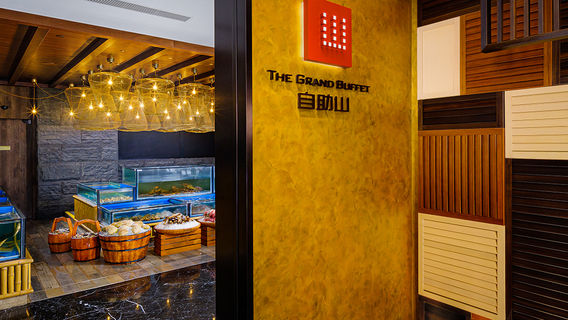 Presenting a variety of Chinese cuisine, Southeast Asian Food and Beverages and even global flavors, bringing countless delicious choicesFromAUD 36.22
Presenting a variety of Chinese cuisine, Southeast Asian Food and Beverages and even global flavors, bringing countless delicious choicesFromAUD 36.22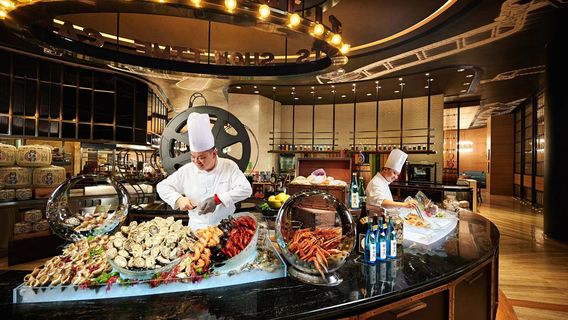 A feast for the sensesFromAUD 33.63
A feast for the sensesFromAUD 33.63 [wide coverage] Self-guided Tour to Switzerland all with one pass! Unlimited travel on trains, panoramic trains, cruise ships, buses and other public transportation in Switzerland, and enjoy free admission to over 500 museums and half-price discounts on mountain excursions. [Flexible, saving time and money] With your e-ticket in hand, travel easily! Train Tickets travel ceiling! [families friendly] Child aged 0-15 can travel for free if they place an order with their parents together!FromAUD 461.61
[wide coverage] Self-guided Tour to Switzerland all with one pass! Unlimited travel on trains, panoramic trains, cruise ships, buses and other public transportation in Switzerland, and enjoy free admission to over 500 museums and half-price discounts on mountain excursions. [Flexible, saving time and money] With your e-ticket in hand, travel easily! Train Tickets travel ceiling! [families friendly] Child aged 0-15 can travel for free if they place an order with their parents together!FromAUD 461.61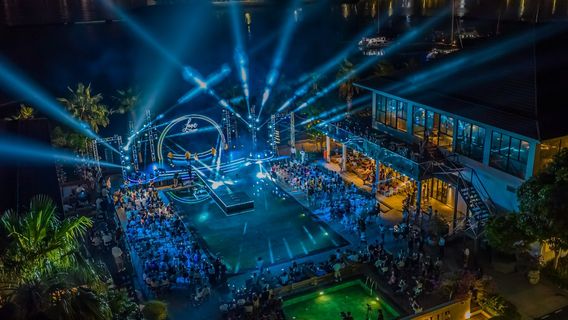 Bask in the romance of a coastal sunset and submerge yourself in a premium culinary haven, showcasing the quintessence of Nha Trang seafoodFromAUD 49.74
Bask in the romance of a coastal sunset and submerge yourself in a premium culinary haven, showcasing the quintessence of Nha Trang seafoodFromAUD 49.74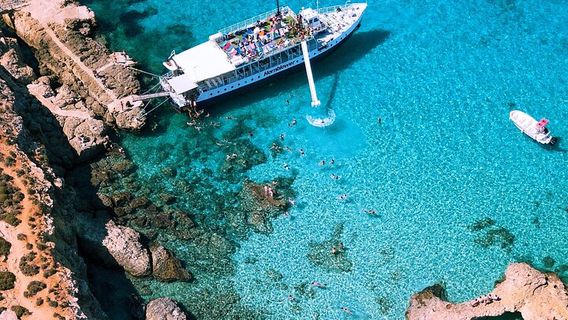 FromAUD 73.16
FromAUD 73.16- Malta One Day Three Island Cruise - Main Island - Gozo - Comino|Boutique Tour|Tickets and meals included*Tour the highlights of the three islands in one day: take a boat to check out the bay of the main island, the Castle of Gozo and the Blue Lagoon of Comino, and easily enjoy the pearl of the Mediterranean.Pick-up/drop-off availableEnglish ServiceConditional cancellationFromAUD 166.22
1
2
3
4
5
6
907
Reviews/Trip Moments
★
★
★
★
★
Reviews: Macau Tower 360° Rotating Restaurant (Lunch/Dinner Buffet/Afternoon Tea Option)
Verni2025-02-19
The view was really beautiful at night. The variety of food was good especially having the Indian option as part of the menu.The desserts as well was really good.Good service and efficiency was good booking and the co ordination.★
★
★
★
★
Reviews: Hong Kong Airport Express e-ticket [Official direct signing, QR code entry]
Anonymous User2025-07-01
Hong Kong Airport Express QR code ticket is the best choice for round-trip airport! The price is reasonable (especially compared to taxis) and the speed is invincible. QR code ticket purchase is a little cheaper than on-site purchase (sometimes there are discounts), the most important thing is to save time and effort! Buy in advance, the mobile phone is the ticket, pass the gate "second past", no longer have to worry about queuing or losing the ticket. Free Wi-Fi throughout the whole process, comfortable and fast direct to the core of the city. It is highly recommended to use QR code e-ticket!★
★
★
★
★
Reviews: [Give away $50 voucher for"NY8 New Yaohan"] Macau Grand Lisboa Buffet Hill Buffet [Official Ticketing]
RooneyZeng 2025-06-18
I am staying at the Parisian Macau Hotel. I have walked along Tu Road from Parisians and have a good street view. Along the way, I will pass the Venetian and Londoner Xinyi Tiandi, Wynn Palace. The whole road is used as a warm-up before eating. The Lisboa Self-service Mountain is considered to be the ceiling of this Buffet area. There are Japanese food areas, Taiwan night market, seafood area, barbecue area, beverage area, dessert area. Barbecue area. I specialize in lobster and seafood areas today. I feel that it is not bad after eating.★
★
★
★
★
Reviews: Studio City Spotlight Buffet [Officially Issued Ticket]
E21****9032025-05-27
very good customer service. We had to wait for our luggage to be delivered to the room so the front desk sent us a fruit plate and some tickets for the Ferris wheel.★
★
★
★
★
Reviews: Swiss Travel Pass: Unlimited Travel on Train, Bus & Boat
Anonymous User2025-05-20
Three days in Switzerland unimpeded and very silky
Payment Methods



Our Partners


Trip.com is part of Trip.com Group Limited, one of the world's leading providers of travel services.
Copyright © 2025 Trip.com Travel Singapore Pte. Ltd. All rights reserved
Site Operator: Trip.com Travel Singapore Pte. Ltd.
Site Operator: Trip.com Travel Singapore Pte. Ltd.





